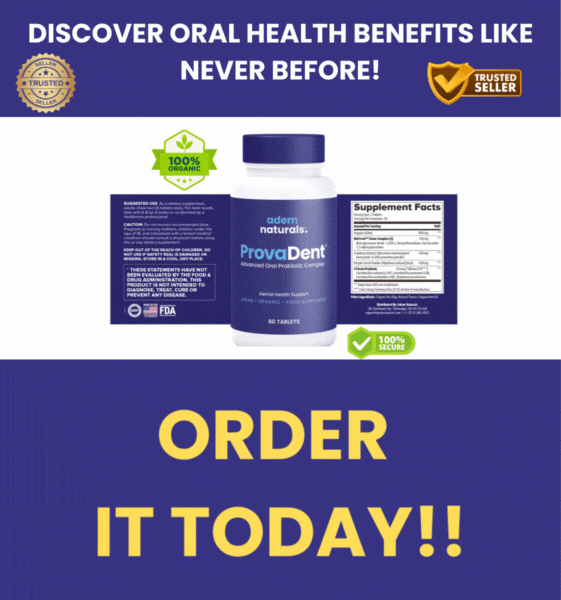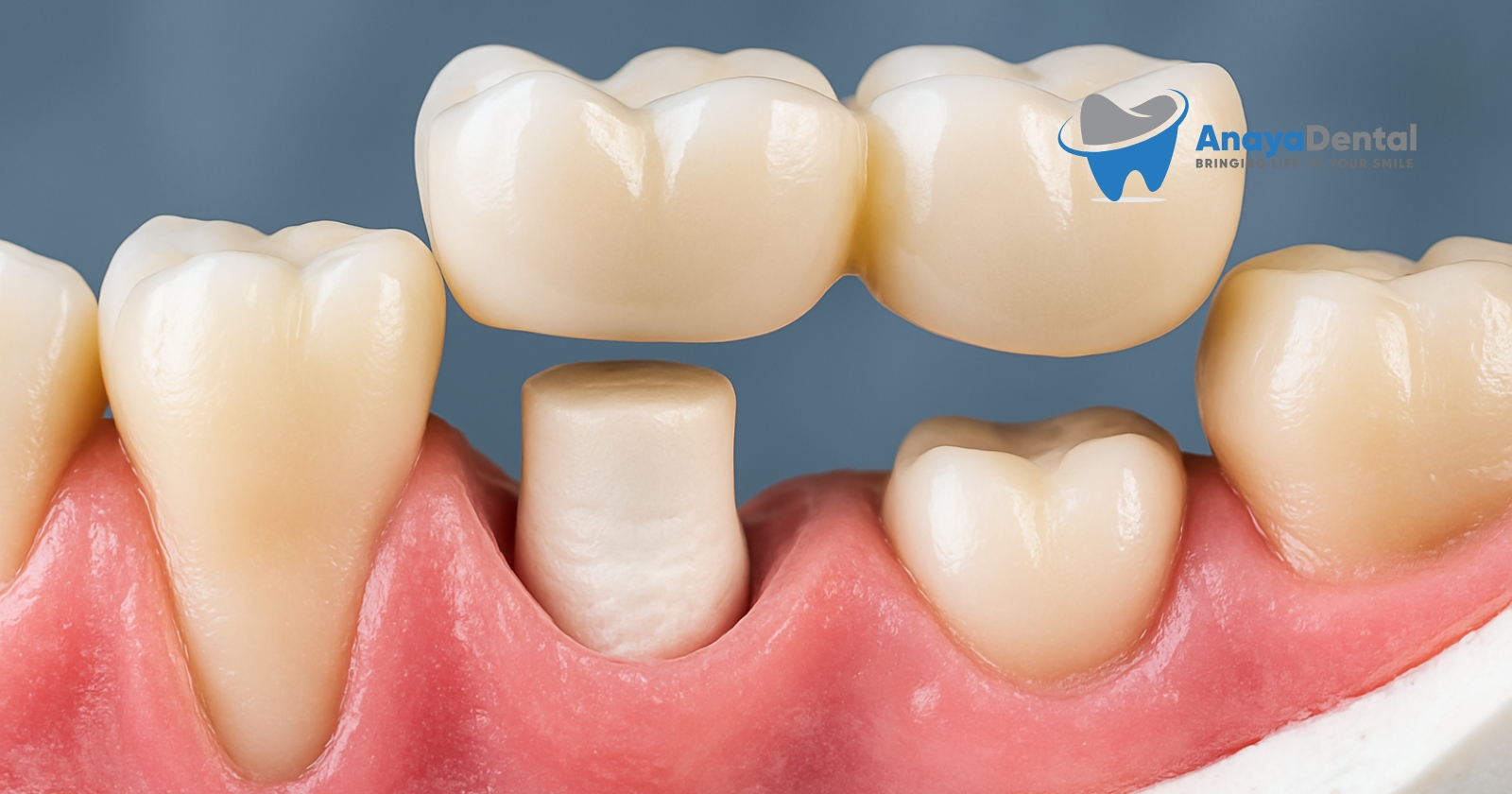How One-Surface Metallic Inlays Can Strengthen Your Teeth for Years
Are you considering a durable, long-lasting solution for a damaged tooth? A D2510 metallic inlay might be exactly what you need. This specialized dental restoration offers exceptional strength and longevity for teeth with moderate decay or damage on a single surface. Understanding what this procedure involves, its benefits, and your payment options can help you make an informed decision about your dental care.
What Is a D2510 Metallic Inlay?
A D2510 metallic inlay is a custom-made dental restoration that fits precisely into a prepared cavity on one surface of your tooth. Unlike direct fillings that are shaped and hardened in your mouth, inlays are:
- Created in a dental laboratory from impressions of your prepared tooth
- Made from durable metals (typically gold alloy or other noble metals)
- Bonded permanently to your tooth with special dental cement
The “D2510” code specifically refers to a single-surface metallic inlay in the dental insurance coding system. The “one surface” designation indicates that the restoration covers only one of the five possible tooth surfaces: occlusal (biting), buccal (cheek-facing), lingual (tongue-facing), mesial (front-facing), or distal (back-facing).
Try Our Dental Calculators
The Clinical Process: How Your Dentist Places a D2510 Inlay
When you receive a single-surface metallic inlay, your treatment typically involves two separate appointments:
First Appointment:
- Tooth Preparation: Your dentist removes decay and shapes the cavity to receive the inlay.
- Impression Taking: A detailed mold of your prepared tooth is created.
- Temporary Restoration: A temporary filling protects your tooth while your custom inlay is fabricated.
Second Appointment (typically 1-2 weeks later):
- Temporary Removal: The temporary filling is removed.
- Try-In and Adjustment: Your dentist checks the fit of your new metallic inlay.
- Cementation: The inlay is permanently bonded to your tooth.
- Final Polishing: Your restoration is polished to a smooth finish.
The entire process requires two 45-90 minute appointments, significantly less chair time than more complex restorations like crowns.
Health Benefits of Single-Surface Metallic Inlays
Choosing a D2510 metallic inlay offers several distinct advantages for your dental health:
- Exceptional Durability: Well-crafted gold inlays can last 20-30 years with proper care.
- Preservation of Tooth Structure: Inlays require less tooth reduction than crowns, preserving more of your natural tooth.
- Minimal Wear to Opposing Teeth: Gold and other noble metals wear at a rate similar to natural tooth enamel.
- Superior Marginal Fit: The precise laboratory fabrication creates tight-fitting margins that resist recurrent decay.
- Biocompatibility: Noble metals rarely cause allergic reactions or tissue irritation.
Understanding the Costs of D2510 Metallic Inlays
Single-surface metallic inlays represent a higher-end dental restoration option, with costs reflecting both material value and the laboratory expertise required:
Typical Price Range
| Factors | Cost Range |
|---|---|
| Basic D2510 procedure | $700-$1,200 |
| Gold alloy (high noble) | $800-$1,300 |
| Silver alloy (noble) | $700-$1,100 |
| Base metal alloy | $650-$1,000 |
| In metropolitan areas | $900-$1,400 |
| In rural practices | $600-$1,100 |
Your final cost depends on several factors:
- Metal type: Gold alloys (high noble metals) cost more than silver alloys (noble metals) or base metal alloys
- Geographic location: Urban practices typically charge more than rural ones
- Dental professional expertise: Specialists may command higher fees
- Laboratory quality: Premium dental laboratories may charge more for their craftsmanship
Insurance Coverage for D2510 Metallic Inlays
Understanding your financial options is essential when considering this restoration:
- Traditional Dental Insurance: Most plans classify D2510 as a major restorative procedure, typically covering 50% of costs after deductibles.
- Coverage Limitations: Some plans may apply an “alternative benefit provision,” only covering the equivalent cost of an amalgam filling.
- Waiting Periods: Many insurance plans require 6-12 months of enrollment before covering major restorative procedures.
- Annual Maximums: The cost may consume a significant portion of your annual dental insurance maximum (typically $1,000-$1,500).
Payment Options When Insurance Coverage Falls Short
If your insurance provides limited coverage for D2510 metallic inlays, consider these alternatives:
- Dental Discount Plans: May offer 15-20% discounts on inlay procedures
- Health Savings Accounts (HSAs) or Flexible Spending Accounts (FSAs): Use pre-tax dollars for dental care
- CareCredit or Other Dental Financing: Many practices offer special healthcare financing
- In-House Membership Plans: Some dental practices offer their own discount programs
- Payment Plans: Many dental offices provide interest-free payment options for qualified patients
Who Should Consider a D2510 Metallic Inlay?
You might be an ideal candidate for a single-surface metallic inlay if:
- You have decay or damage limited to one surface of your tooth
- The affected tooth needs greater strength than a traditional filling can provide
- You want a restoration with exceptional longevity
- You’re not concerned about having visible metal in your mouth
- Your dentist has determined you have enough remaining tooth structure to support an inlay
However, this restoration may not be appropriate if you have metal allergies, are seeking the most economical option, or aesthetics are your primary concern.
Alternative Restorative Options to Consider
Before committing to a D2510 metallic inlay, discuss these alternatives with your dentist:
- Composite Filling: Less expensive and tooth-colored, but typically less durable (5-10 years)
- Ceramic Inlay: Similar strength with better aesthetics, but more expensive and potentially more abrasive to opposing teeth
- Direct Gold Filling: Similar longevity but requires more specialized skill to place
- Amalgam Filling: Less expensive but more visible and may require more tooth structure removal
Quick Review
D2510 single-surface metallic inlays offer an excellent solution for restoring teeth with moderate decay or damage limited to one surface. While requiring a greater initial investment ($700-$1,300) than traditional fillings, these restorations provide exceptional longevity and preservation of natural tooth structure. Insurance typically covers approximately 50% of costs, making alternative financing options worth exploring. For the right candidate, this premium restoration represents a worthwhile investment in dental health that can last decades with proper care.
If you’re interested in exploring whether a single-surface metallic inlay is right for your situation, schedule a consultation with your dentist to discuss your specific needs, preferences, and financial considerations.


